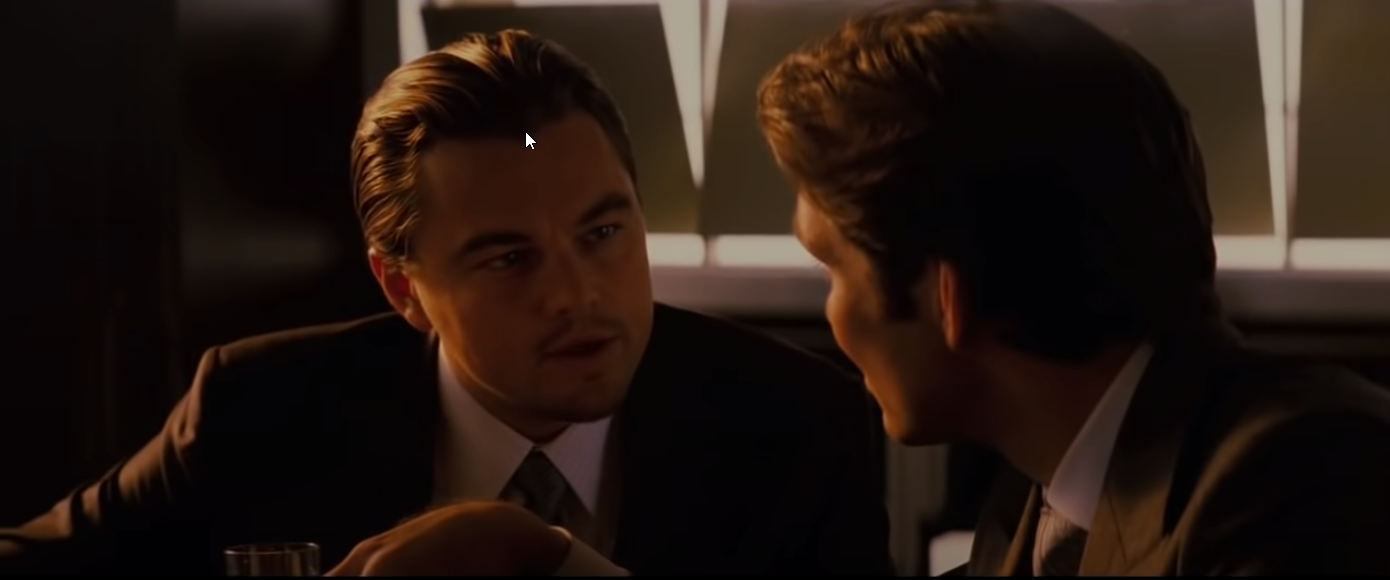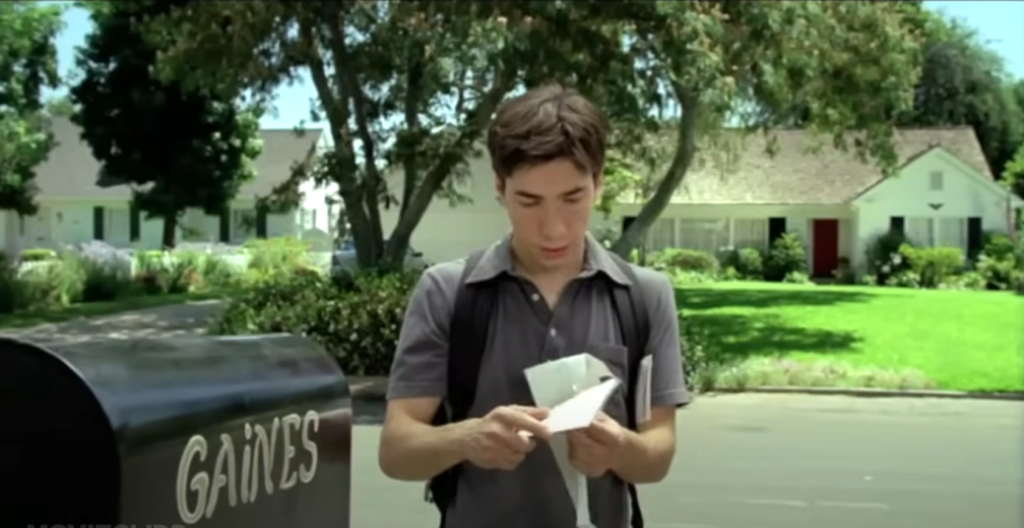Entering the Dreamscape
Inception isn’t just a film—it’s an experience that challenges how we perceive reality and the very fabric of storytelling. Directed by Christopher Nolan, this 2010 masterpiece broke new ground in cinematic language by diving deep into the world of dreams. The film’s premise is deceptively simple: a group of skilled operatives enters the dreams of others to plant ideas, a process known as “inception.” But beneath this high-concept idea lies a labyrinthine narrative structure that mirrors the disorienting, fluid nature of dreams themselves.
Nolan masterfully weaves together multiple layers of dreams within dreams, each with its own rules and timelines, creating a narrative that feels both intricate and organic. The dreamscapes he constructs are more than mere backdrops—they are living, breathing entities that shape and are shaped by the characters’ subconscious minds. In Inception, dreams are not just places where the impossible becomes possible; they are canvases where the lines between reality and imagination blur. As we delve into this article, we’ll explore how Inception redefined the language of cinema by merging dream logic with visual storytelling, leaving a lasting impact on how films can challenge our perception of reality.
The Architecture of Dreams: Visual Storytelling in Inception
Christopher Nolan’s Inception is a masterclass in visual storytelling, using groundbreaking effects and meticulous production design to construct its dream worlds. These aren’t just spaces for characters to inhabit; they are fluid, ever-changing environments that reflect the instability and unpredictability of dreams. One of the most iconic scenes is the rotating hallway fight, where gravity shifts and the world literally turns upside down. This visually arresting sequence not only serves as a thrilling action set piece but also symbolizes the disorientation and fluidity inherent in the dream state.
Another unforgettable visual is the folding city, where the streets of Paris bend upwards and the skyline becomes a surreal maze. This moment transcends mere spectacle—it’s a visual metaphor for the malleable nature of reality within dreams, where the laws of physics are mere suggestions rather than rules. These scenes are not just about showcasing visual effects; they are integral to the film’s narrative, illustrating how the subconscious mind can reshape reality in a dream.
Nolan’s use of these visuals does more than just create stunning imagery; it deepens the viewer’s immersion into the dream world, making the boundaries between the real and the imagined increasingly porous. Through these innovative visual techniques, Inception pushes the limits of what cinema can achieve, using the architecture of dreams to explore the malleability of reality itself.
Time as a Dream Mechanic: Manipulating Perception Through Editing
In Inception, time isn’t just a backdrop—it’s a key player in the narrative, manipulated and distorted to create a unique cinematic experience. Nolan introduces the concept of time dilation within dreams, where time moves at different speeds depending on the depth of the dream level. This idea is central to the film’s structure, as characters navigate multiple layers of dreams, each with its own accelerated timeline. The deeper they go, the slower time moves in the real world, creating a tension that underpins the entire narrative.
Parallel editing across these dream levels allows Nolan to build suspense and maintain coherence in a complex story. For instance, as the characters venture into a deeper level of the dream, the action sequences unfold simultaneously across different timelines. The van falling off the bridge, the zero-gravity hallway fight, and the snowy fortress assault all happen in parallel but are experienced in real time within their respective dream layers. This editing technique not only keeps the audience engaged but also heightens the urgency as the characters race against the clock—both literally and metaphorically.
Time in Inception becomes a narrative device that reflects the characters’ psychological states and the stakes of their mission. It’s a tool that Nolan uses to manipulate the audience’s perception, drawing them deeper into the dream world where time is malleable and ever-changing. By playing with temporal mechanics, Inception challenges viewers to reconsider their understanding of time and reality, making it a truly immersive cinematic experience.
The Ambiguity of Reality: The Open-Ended Narrative
The ending of Inception is one of the most talked-about moments in modern cinema, leaving audiences questioning what is real and what is a dream. The final scene shows Cobb (Leonardo DiCaprio) spinning his totem—a small, spinning top that he uses to determine whether he is in a dream or reality. As the camera focuses on the top, it wobbles slightly but doesn’t stop spinning before the screen cuts to black. This ambiguous ending has sparked endless debates, with viewers divided on whether Cobb has finally returned to reality or is still trapped in a dream.
The spinning top serves as more than just a plot device; it’s a symbol of the film’s deeper themes of reality versus illusion. Throughout the movie, the totem represents Cobb’s tenuous grip on reality, a small object that anchors him in a world where the boundaries between dreams and reality are constantly shifting. The decision to leave the ending unresolved forces the audience to confront their own interpretations of the narrative, making the film a personal experience for each viewer.
This open-ended conclusion is a masterstroke by Christopher Nolan, inviting multiple interpretations and ensuring that Inception remains a subject of discussion long after the credits roll. The ambiguity reflects the film’s exploration of the subconscious, where nothing is ever entirely clear or certain. By refusing to provide a definitive answer, Nolan enhances the dreamlike quality of the narrative, leaving the audience in a state of uncertainty—much like the characters themselves.
Dream Logic in Cinematic Form: Non-Linear Storytelling and Narrative Structure
Inception is not just a film about dreams; it’s a film that mimics the very structure of dreaming through its non-linear storytelling. Dreams are inherently disjointed, with events flowing in and out of each other without the constraints of time or logic. Nolan captures this essence by crafting a narrative that is both complex and layered, with stories nested within stories—much like dreams within dreams.
The film’s structure is a reflection of the subconscious mind, where multiple layers of consciousness exist simultaneously. As the characters delve deeper into different dream levels, the narrative becomes increasingly intricate, with each layer adding another dimension to the story. This nested storytelling not only challenges the characters within the film but also engages the audience, who must keep track of the shifting timelines and realities.
This approach creates a unique viewing experience, where the audience is constantly piecing together the narrative in real-time, much like a puzzle. The complexity of the structure mirrors the labyrinthine nature of the human mind, where thoughts and memories are interconnected in ways that are not always linear or logical. By employing this non-linear storytelling technique, Nolan successfully immerses the audience in the dreamlike world of Inception, making them active participants in the narrative rather than passive observers.
The rewards of this storytelling approach are manifold. It keeps viewers on the edge of their seats, constantly questioning what they see and what they understand. The narrative’s complexity adds depth to the film, encouraging multiple viewings to fully grasp its intricacies. In this way, Inception becomes more than just a movie—it becomes an experience that mimics the very act of dreaming, where reality and fantasy blur into one.
Soundscapes of the Subconscious: Hans Zimmer’s Score as an Emotional Anchor
Hans Zimmer’s score for Inception is as integral to the film’s success as its narrative and visual effects. The music not only underscores the emotional beats of the story but also enhances the film’s dreamlike atmosphere, making the audience feel as though they are being drawn deeper into the subconscious. Zimmer’s use of deep, resonant tones and layered textures creates a soundscape that feels both expansive and intimate, mirroring the film’s exploration of the mind.
One of the most iconic elements of the score is the “time-stretching” effect used on Edith Piaf’s “Non, Je Ne Regrette Rien.” This song, which serves as the “kick” to wake characters from their dreams, is slowed down to create a deep, almost otherworldly sound that permeates the film. This manipulation of the song reflects the concept of time dilation within dreams, where minutes in the real world can stretch into hours or even days in the dream world. Zimmer’s score uses this effect to disorient the audience, blurring the lines between different layers of reality and dream.
The emotional depth of the score is another key element that makes Inception resonate so powerfully with audiences. Zimmer’s music swells and recedes in tandem with the film’s narrative, guiding viewers through the highs and lows of the story. The score acts as an emotional anchor, grounding the audience in the film’s complex narrative and ensuring that, even as the story twists and turns, the emotional journey remains clear and compelling. Through his masterful use of music, Zimmer enhances the dreamlike quality of Inception while also deepening its emotional impact.



